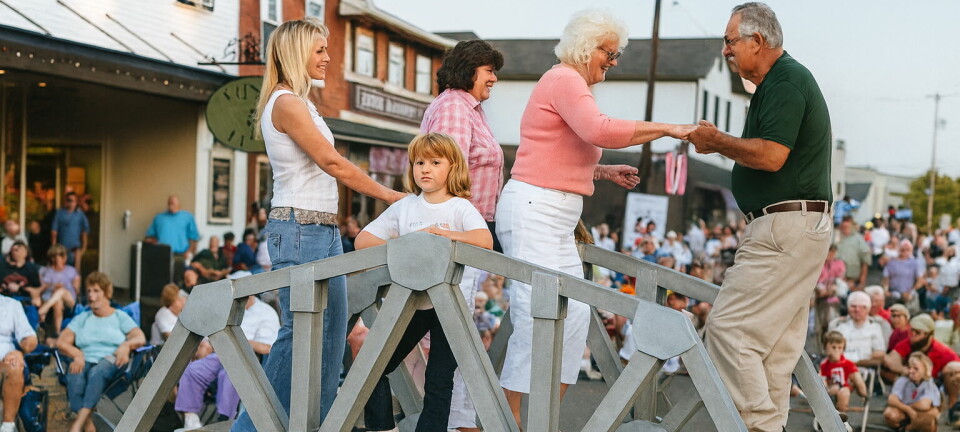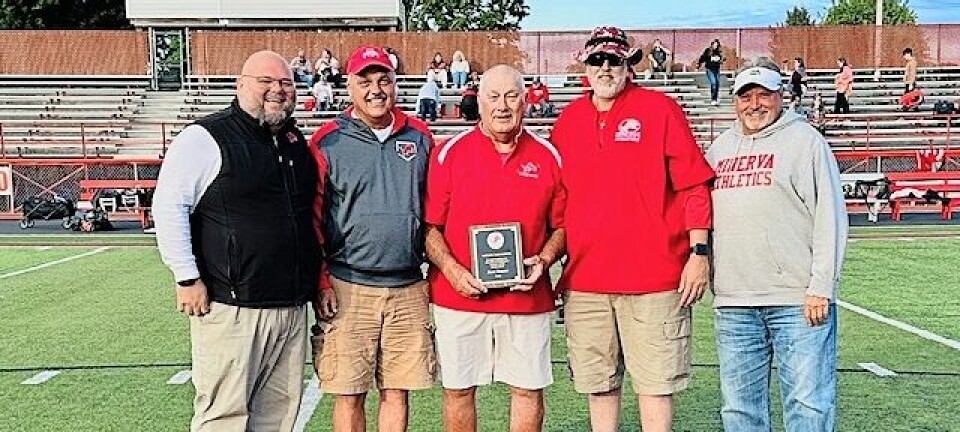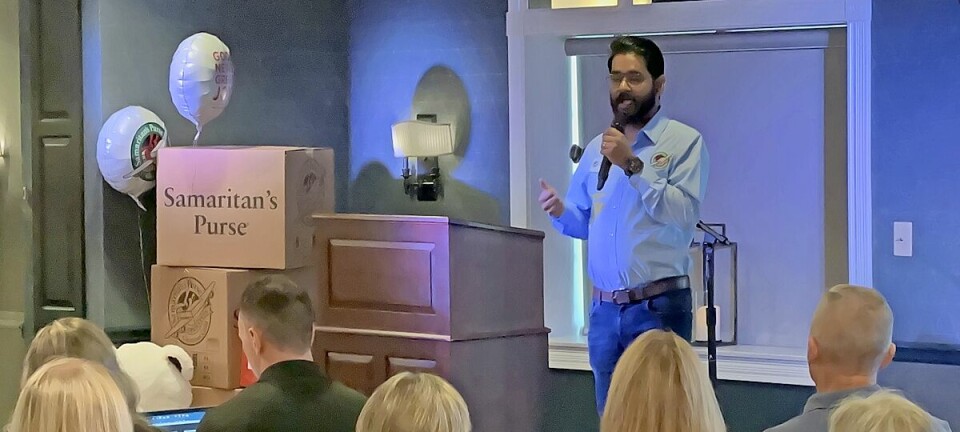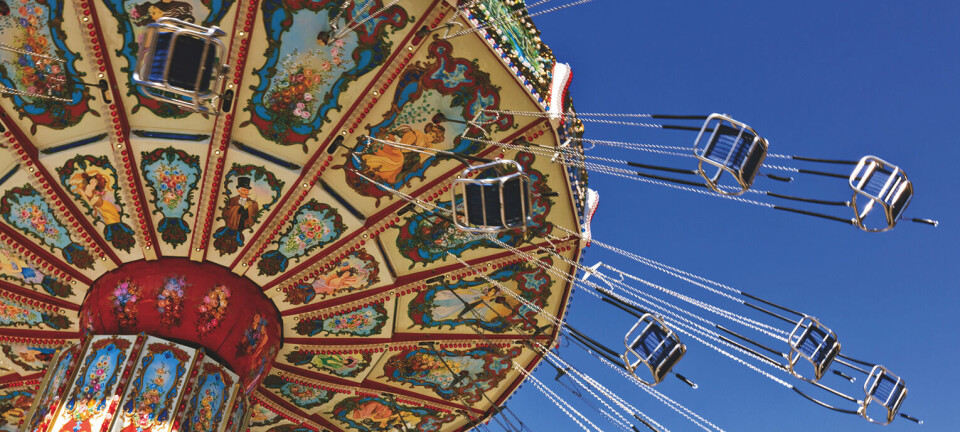New Philadelphia was at the epicenter of fan production

When people think about New Philadelphia and Tuscarawas County, few know about the importance of the area in the development and production of the vane axial flow fan — also known as a vane axial fan.
In fact, at one time New Philadelphia was at the epicenter of vane axial fan production and its use in major air ventilation systems including mines, tunnels and other industry-related locations.
According to Surplus Sales’ “The History of the Vane Axial Fan,” Lee Barrett, the chief electrical engineer of Pittsburgh Coal, learned Dr. Theodore Troller of the Guggheim Lighter-Than-Air Institute in Akron had developed a fan for a wind tunnel that produced an airflow volume of nearly 200,000 cubic feet per minute. Subsequently, Barrett visited Troller and signed an agreement whereby Troller would design what would be a 6-foot-diameter fan and Pittsburgh Coal would build the fan in its Pittsburgh-based research library, led by Dr. Young. The prototype was built with wooden blades.
When Bethlehem Steel heard about the vane axial design — a series of vanes that are mounted on a rotating shaft (the vanes create a fluid flow that helps to move air or liquid through the fan) — they wanted it for use in their iron ore mining operations. A fan similar to the prototype was built with bronze blades in place of wooden ones and installed at Bethlehem’s mining operations in Ellsworth, Pennsylvania.
Joy Manufacturing, with operations in Franklin, Pennsylvania, was approached to mass produce the vane axial fan design. The company declined, as did the leading mining fan manufacture in the U.S. at the time, Jeffrey Manufacturing, based in Columbus and founded in 1876 as Lechner Mining Manufacturing by Joseph Jeffrey and Francis Lechner.
Undaunted in their efforts to find a company to build the revolutionary fan, Barrett and Trotter signed an agreement with the La-Del Conveyor and Manufacturing Company of New Philadelphia to build vane axial fans in the 5-foot-diameter range. The first fan was delivered in December 1937.
From 1937-41 La-Del built surface mine fans for major customers such as U.S. Steel and others. When World War II broke out, La-Del worked with Navy engineers to design and build vane axial fan systems for all Navy warships and heavy cruisers including the CB-1 and CB-2 models. All production at New Philadelphia was war production beginning in 1942. During this time La-Del also worked with Goodyear Aircraft in Akron to design and install blowers for all of the war blimps; the blowers were identified as Ballanet Blowers.
Another World War II production project had La-Del partner with Chicago-based Stewart-Warner Company to develop a 400-CFM aircraft heating fan built to military specifications.
In 1946 Joy Manufacturing finally took an interest in the success of the vane axial design and purchased the plant from La-Del. Trotter became VP of engineers and worked with Charles L. Tinker to design and build a model block construction one-piece fan casting vane axial fan that was used in nearly all commercial and military aircraft from 1946 to the early 1960s. Tinker was the lead designer for all special projects and had contributed to some of Trotter’s work with the original mining fan designs. Later, Tinker joined the Chicago Blower Company and Irvine, California-based Bonanza Fans, where he rose to become VP of engineering.
Joy continued to provide vane axial fan solutions for major ventilation including the Bay Area Rapid Transit System, where construction began on June 19, 1964, and was completed in 1971.
























